Vintage Tribal Kilim Runner 3' 4" x 13' 6" (40" x 162")
Type:
Kilim RugsCollection:
Tribal Runners, ClearanceID:
K0077137Size:
Material:
The designs feature a rich array of symbols representing tribal culture and Anatolian motifs, often in the form of medallions, diamonds, and other geometric shapes.
The designs feature a rich array of symbols representing tribal culture and Anatolian motifs, often in the form of medallions, diamonds, and other geometric shapes. These kilim runners are ideal for hallways and narrow spaces, offering a touch of ethnic charm and artisanal quality to any interior.
Herki kilims not only serve as functional floor coverings but also as artistic expressions of tribal identity, making each rug a unique cultural artifact.
Design Elements
- Patterns: The kilim runner features a series of geometric patterns, showcasing a blend of squares and diamond shapes that create a structured and balanced design.
- Symmetry: The arrangement of motifs demonstrates an emphasis on symmetry, providing an aesthetically pleasing visual flow that leads the eye through its length.
- Borders: A prominent border frames the central motifs, often incorporating additional patterns that enhance the overall structure and detail of the piece.
- Texture: The flatweave technique used in kilim construction results in a unique texture that adds depth and tactile interest, while also allowing the patterns to stand out.
Colors
- Predominant Orange: The vibrant red background color symbolizes warmth, energy, and passion. It draws attention and provides a lively foundation for the motifs.
- Earthy Tones: Browns and muted colors are used throughout the patterns, representing stability, groundedness, and a connection to nature.
- Contrasting Colors: Blue and soft beige tones juxtapose the more intense colors, creating balance and harmony within the design while also providing contrast that highlights the motifs.
- Color Symbolism: The use of specific colors often has cultural connotations, with earthy tones denoting fertility and life, while bright colors represent joy and celebration.
Main Motifs and Their Symbolism
- Geometric Shapes: The various squares and diamonds represent harmony and balance. They are often interpreted as symbols of protection and a connection to the spiritual world.
- Star Motif: The star-like designs frequently featured in the runner may symbolize guidance, hope, and fidelity. They often reflect the importance of the stars in navigation and daily life.
- Linear Elements: Lines symbolize pathways or journeys, reflecting the movement through life and the different experiences along one's journey.
- Traditional Significance: Many motifs are steeped in cultural tradition, representing the weaver's heritage, personal stories, or historical events, connecting the past with the present.
Summary
The vintage tribal kilim runner showcases intricate design elements and a carefully chosen color palette that enhances its heritage and cultural significance. Geometric patterns and symmetrical arrangements provide visual harmony, while vibrant oranges combined with earthy tones evoke feelings of warmth and stability. The main motifs carry deep symbolic meanings that reflect protection, guidance, and the weaver's narrative, creating a rich tapestry of both aesthetic appeal and cultural storytelling.
- Ships in 1-4 business days
- Only one in stock, handmade, unique
- Free shipping via FedEx Express. Easy returns
- Contact us or add a note to your order if you want us to delay your shipping.
- Request more info if you want this rug shorter or narrower
Colors may appear slightly different across various monitors due to screen settings device differences, and external lighting conditions. If color accuracy is important for your space, we recommend viewing the rug on multiple devices or contacting us for a detailed color description. We can provide detailed photos and references using Sherwin-Williams, Benjamin Moore, Pantone, or even Crayola crayons.
You can also visualize most of our products in your own room with AR (augmented reality) on an iPhone or iPad.
Return Policy
Need a rug pad? We recommend RugPadUSA
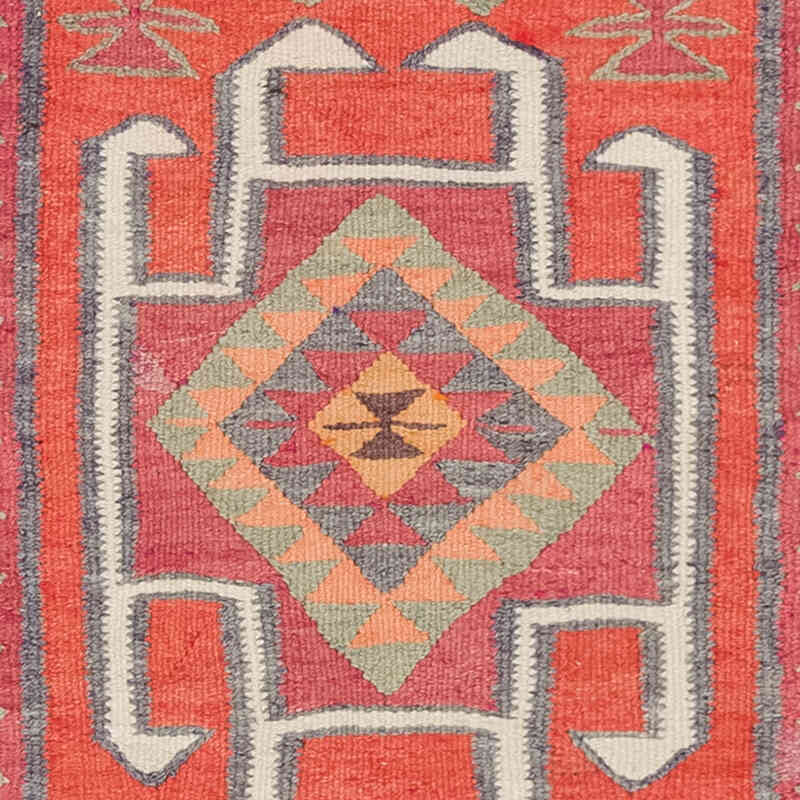
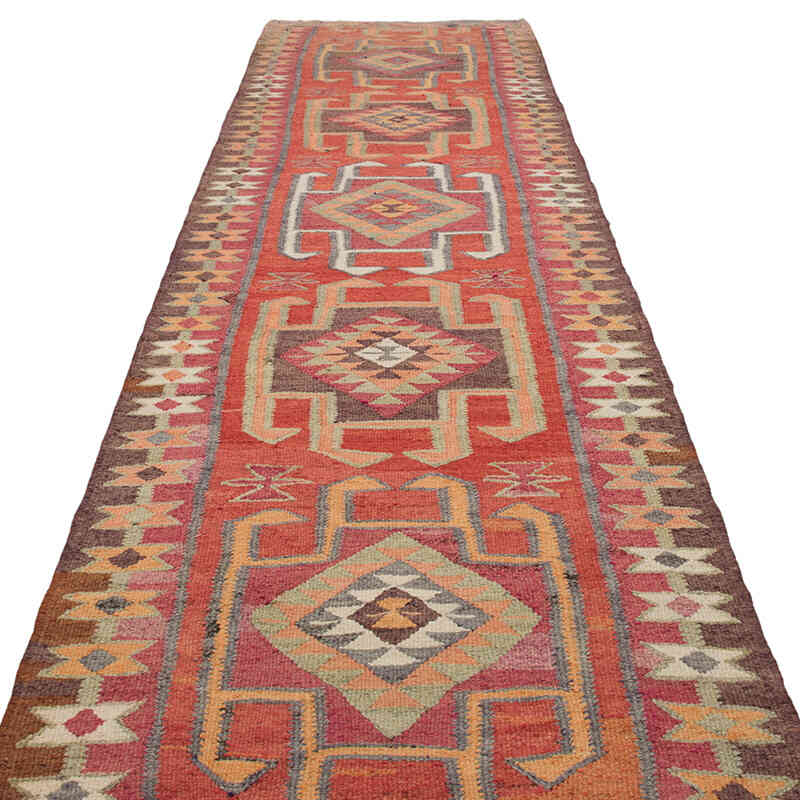
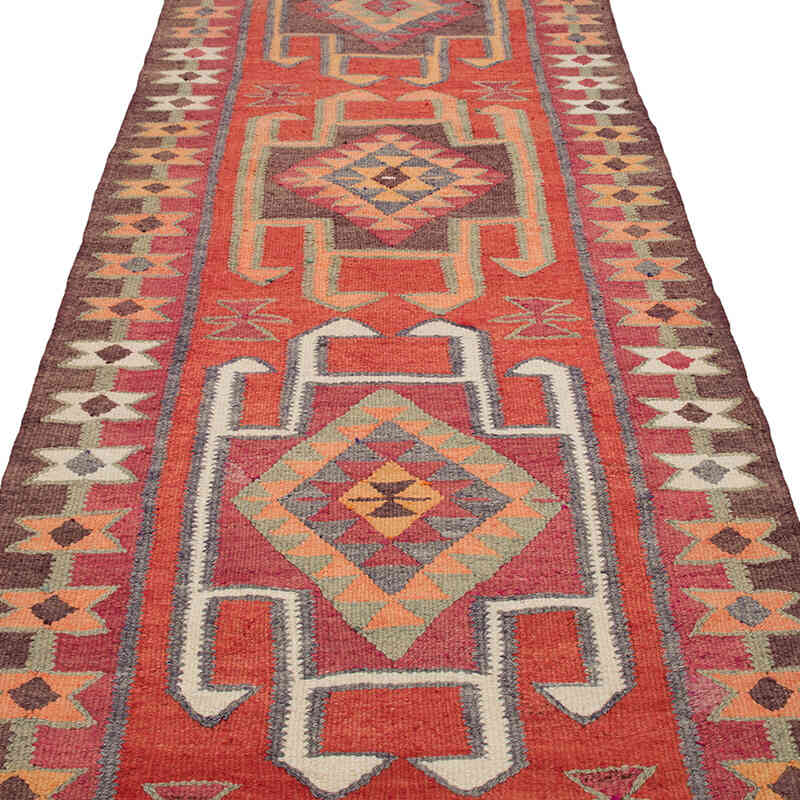
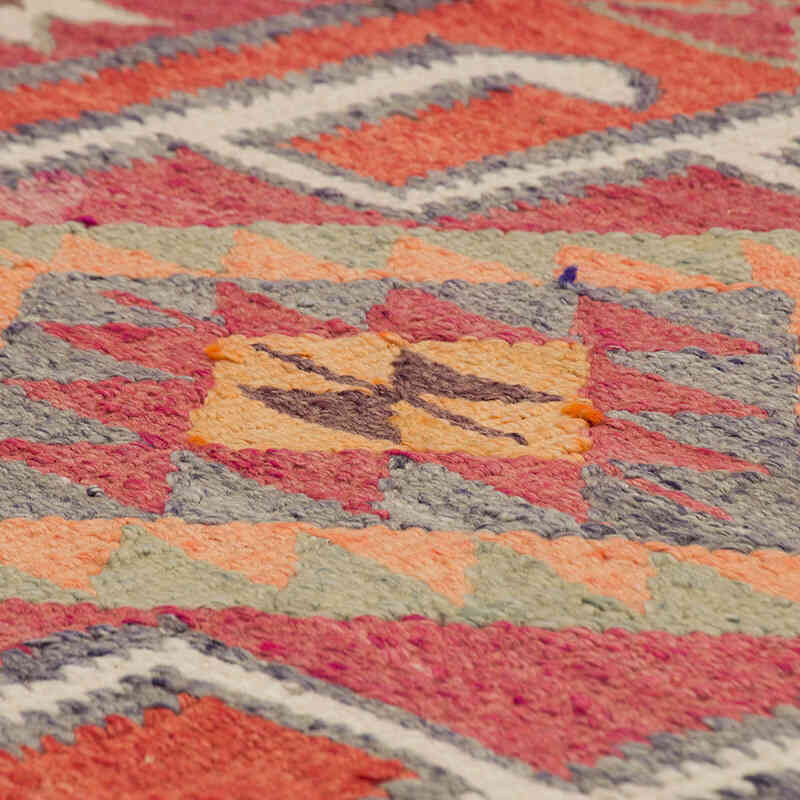
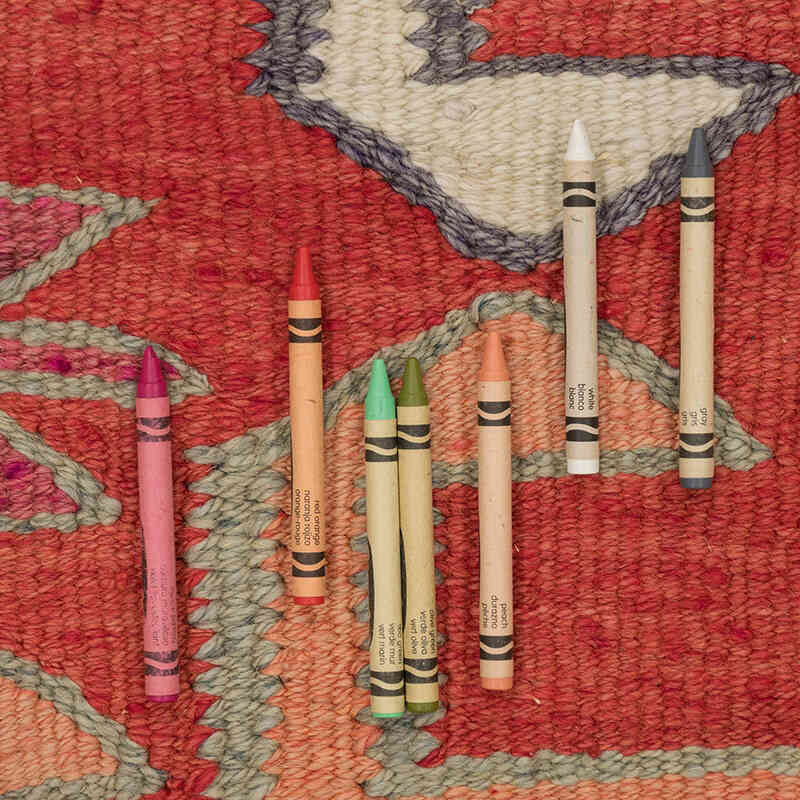
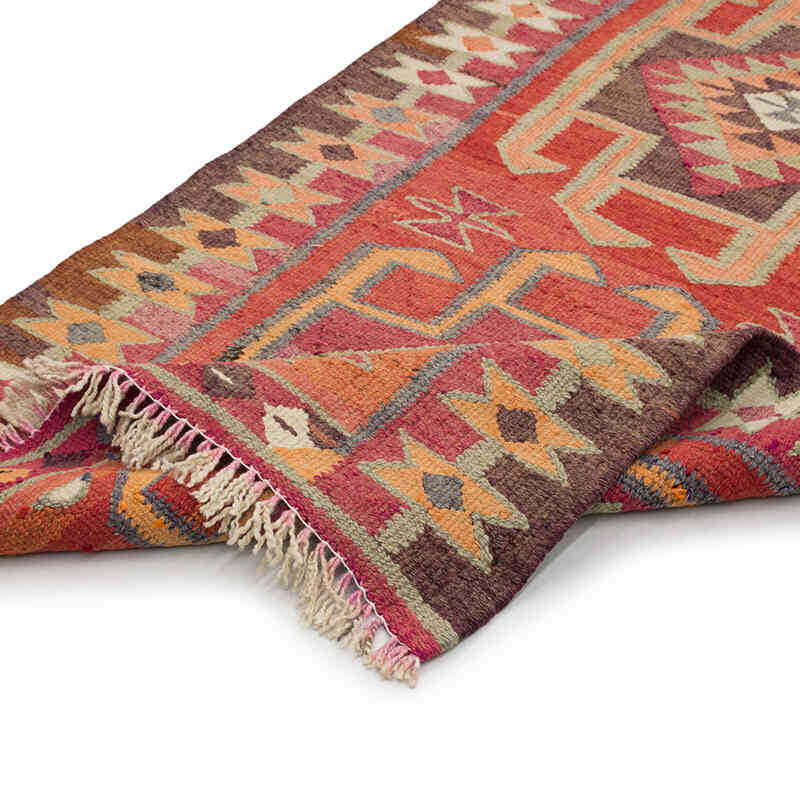
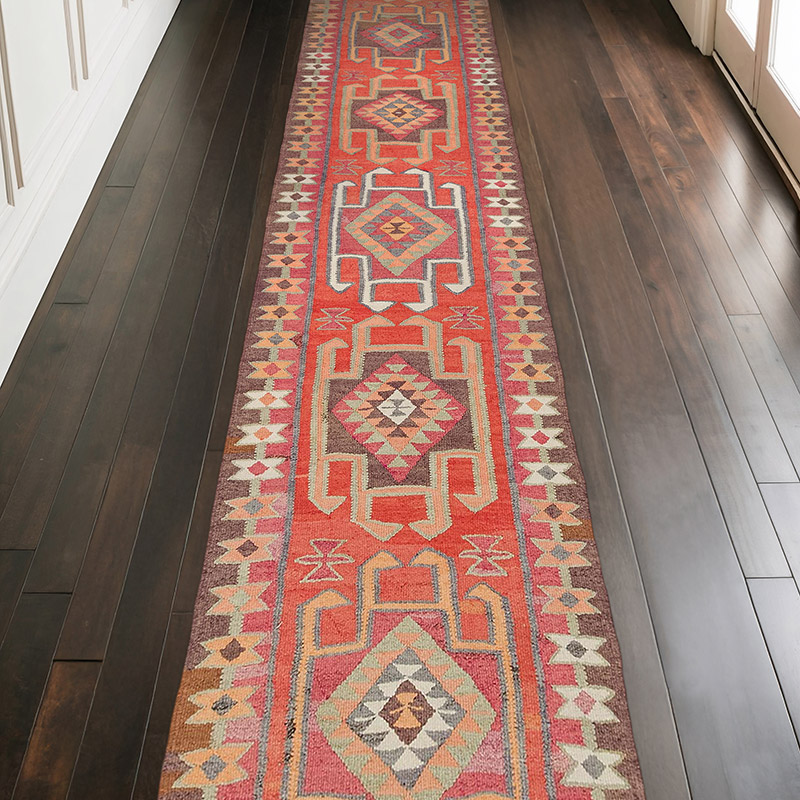


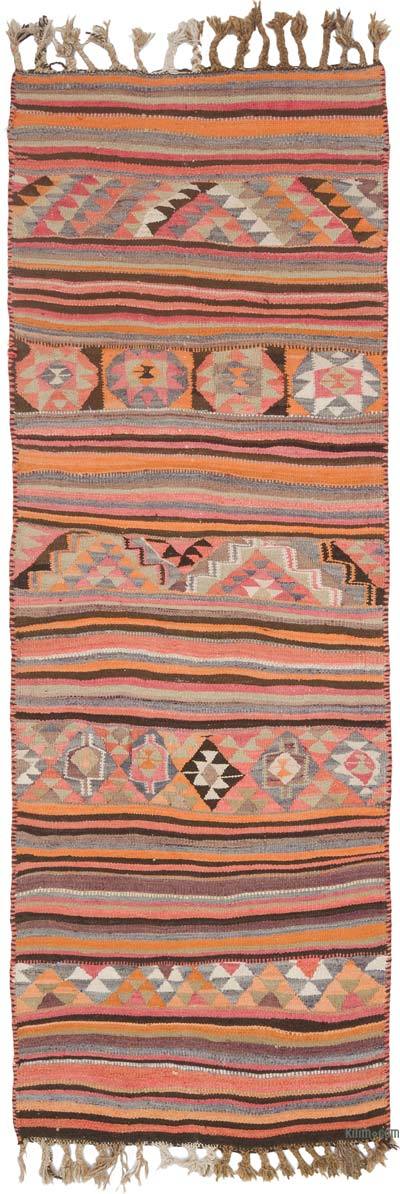








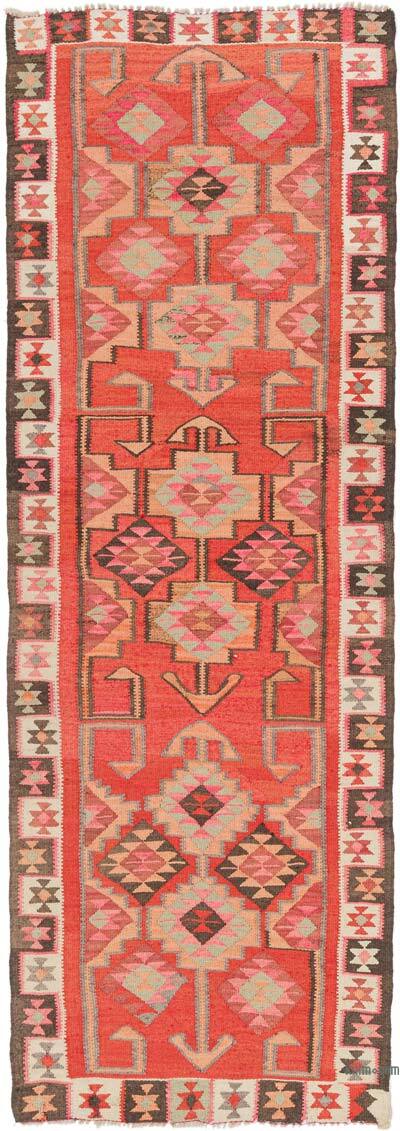




My carpet is so so so beautiful and…